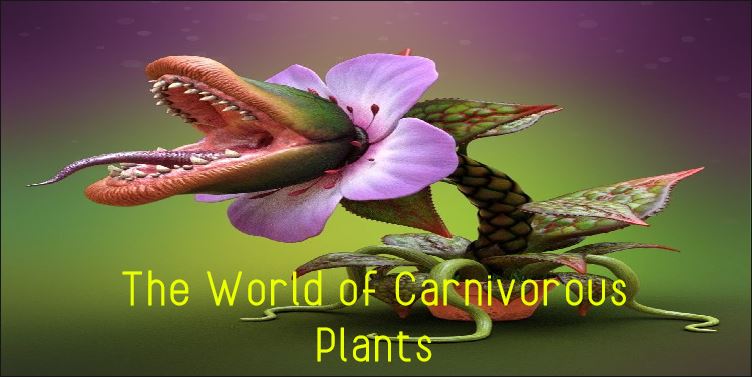There is an interesting movie, ‘Journey to the Center of the Earth.’ The story is based on science fiction. It introduces the world of unseen animals and unimaginable plant life inside the earth.
The Story
Professor Trevor Anderson and his colleagues are on an adventure tour. They get trapped in a cavern which is a large cave inside the earth. They try to escape the giant cave but forget their way and go deeper and deeper below the surface of the planet Earth. Here, they come across strange places. They encounter queer creatures like dinosaurs.
They come across a variety of carnivorous plants, fight with them and defeat them. The plants try to trap them and want to kill them.
The existence of such plants is not fiction. They do exist in the real world. Yes, plants can be carnivorous- some plants eat insects and get nutrition from them.
Let us now enter the world of predatory plants and know their traits.
These plants attract, trap and eat insects. Around 630 species exist in the world.
Surprisingly, some plants consume reptiles and mammals such as rats, squirrels and others.
In addition, these plants possess the roots and have the mechanism of photosynthesis.
Long ago, Charles Darwin wrote the first well-known book about plants that eat other living things.
Some common examples are Sundew, Butterwort and Bladderworts.
BUTTERWORTS PLANTS
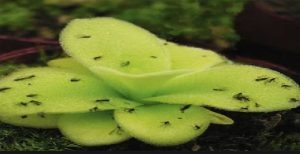
The scientific name is Pinguicula vulgaris. They grow in North and South America, Europe, and Asia.
ATTENBOROUGH’S PITCHER PLANT
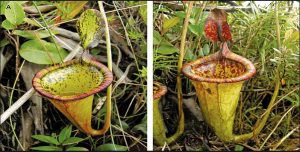
Its scientific name is Nepenthes attenboroughii.
This is the largest carnivorous plant. It grows 1.5 meters tall and produces pitchers, 30 cm in diameter. It grows mostly on the Island of Palawan in the Philippines.
COBRA PLANT
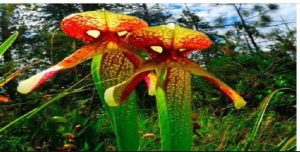
The scientific name is Darlingtonia Californica. It is found in mountain areas of northern California and southern Oregon.
It looks like a cobra. This plant has a hood and tubular leaves, which resemble a striking cobra. The plant contains bacteria that break down the prey.
PARROT PITCHER PLANT
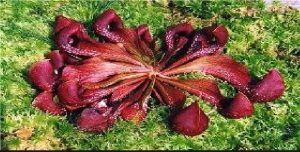
It’s scientific name is Sarracenia psittacina.
This plant is found in North America. Its shape resembles a parrot, so it is known as a Parrot pitcher plant.
These carnivorous plants produce strong-smelling nectar. In addition, they have intense colours which attract insects.
They produce digestive enzymes that dissolve their prey into a nutritious bug stew (a liquid containing enzymes). Moreover, some plants contain symbiotic bacteria that break down the food.
These plants catch the prey by following methods.
Pitfall Traps
An insect runs to the nectar at the facial surface of the Pitcher. But, the surface of the pitcher is slippery. Thus, the prey slips down into the tube which contains digestive juice.
Adhesive traps
The plants attract insects, and thus, small flies get trapped. The surface of the leaves contains sweet, sticky droplets that look like nectar or dewdrops. The insects stick to the sweet liquid and die due to suffocation.
Snap traps
They entrap small lizards. The snap trap is the most well-known trapping mechanism of carnivorous plants. Such traps use electric pulses and sometimes hydraulics to launch their attack. Studies show that electric pulses track and remember prey movements.
How will you grow these plants at home? View the video https://youtu.be/QgyCYQbL0o4
